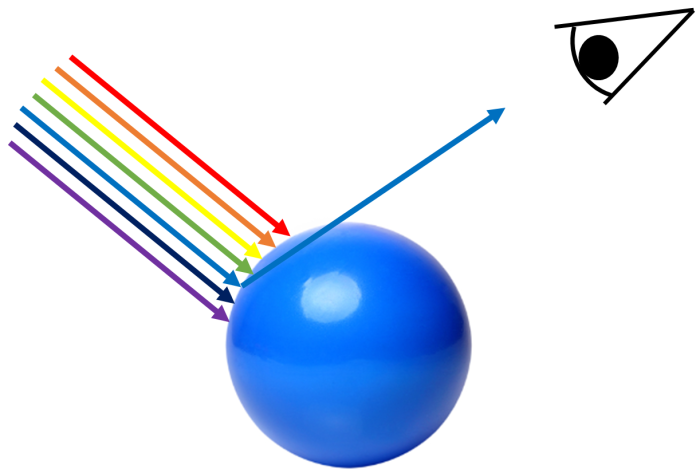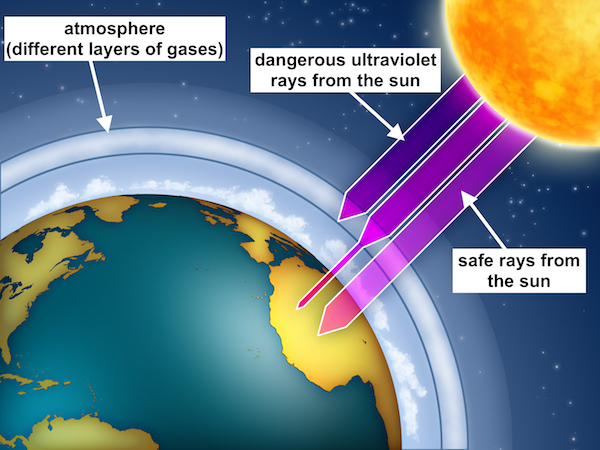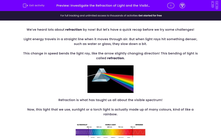We've heard lots about refraction by now! But let's have a quick recap before we try some challenges!
Light energy travels in a straight line when it moves through air. But when light rays hit something denser, such as water or glass, they slow down a bit.
This change in speed bends the light ray, like the arrow slightly changing direction! This bending of light is called refraction.

Refraction is what has taught us all about the visible spectrum!
Now, this light that we use, sunlight or a torch light is actually made up of many colours, kind of like a rainbow.

Each colour has a different 'wavelength', like the height of a wave in the ocean. When white light hits a prism (a special triangular glass), refraction separates the colours because they bend slightly differently.

Red bends the least, while violet bends the most, creating a beautiful rainbow – the visible spectrum.
The visible spectrum is like a tiny slice of a much bigger light pie called the electromagnetic spectrum. This spectrum has all sorts of light waves, invisible to our eyes, like radio waves that travel long distances to bring you music or microwaves that heat up your lunch!

Here's how we use different parts of the spectrum:
Visible spectrum: We use our eyes and cameras to see all the amazing colours around us, from the red of a fire truck to the blue of the sky.
Infrared (IR): We can't see IR with our eyes, but it feels like heat! Night vision goggles use IR to see in the dark, and TV remotes use IR signals to change channels.
Ultraviolet (UV): UV rays are invisible but can give you a sunburn! Special lamps use UV light to kill germs, and some animals can even see UV light.

Alright, let's use this to solve some problems!







